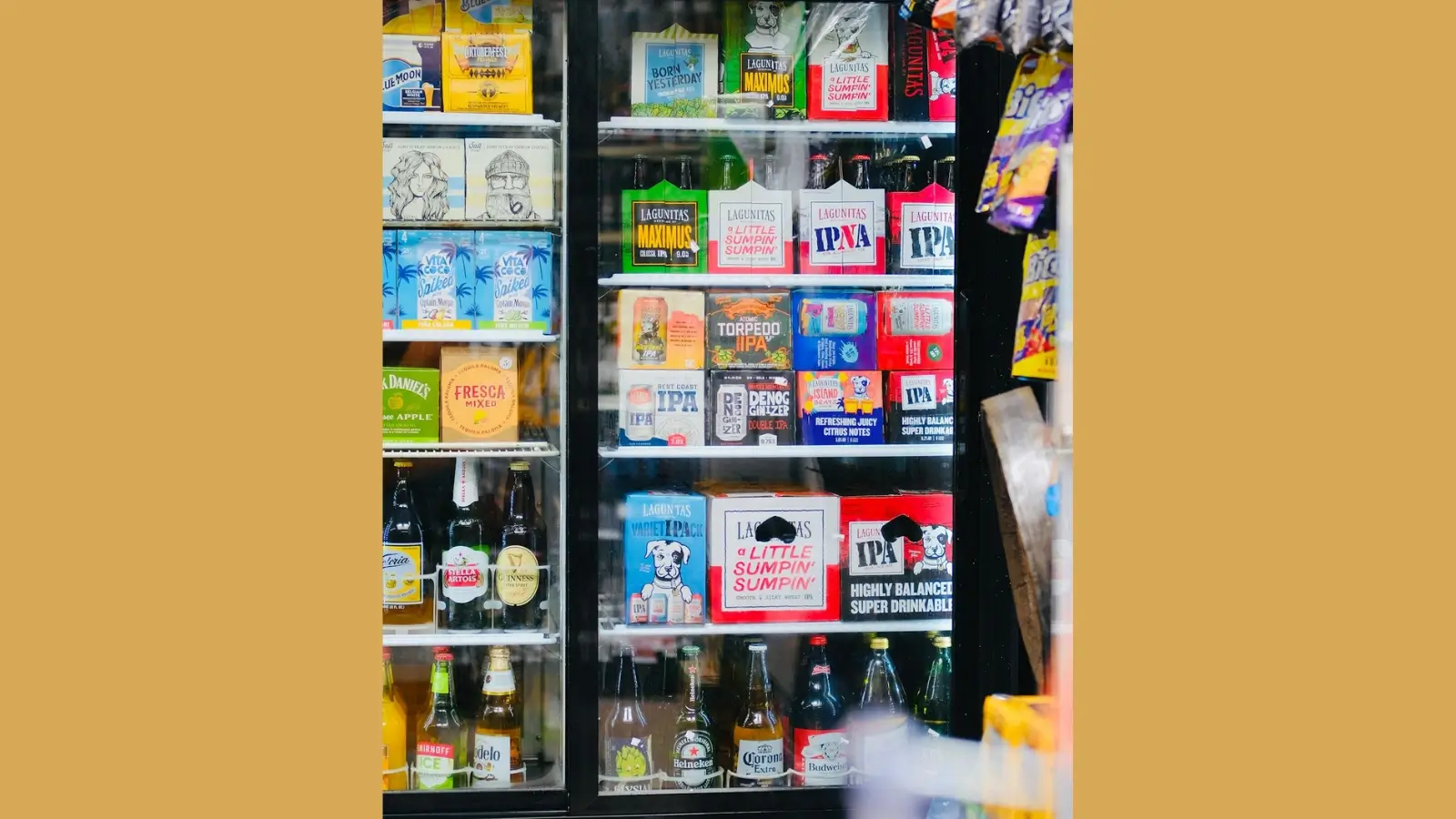


Packaging should never be an afterthought. The type of packaging you choose can influence how visually attractive your product is, as well as impacting the cost of your product and how effective it is at protecting/preserving its contents.
One key element of your product’s packaging that you need to consider is the material. Certain types of packaging material are better suited for certain types of product. Below, we’ll compare six different types of packaging material (plastic, cardboard, paper, glass, metal and wood) to help you choose the right one.
Examples: detergent bottles, medical blister packs, toothpaste tubes
Plastic has some of the best all-round properties of any packaging material. It’s cheap to manufacture, can be molded into any shape, waterproof, non-corrosive, shatter-proof, airtight and lightweight. It would be the perfect material if it wasn’t so environmentally-destructive - most plastics are made from fossil fuels and are not biodegradable, although many can be recycled. This makes plastic less suitable for green-focused companies.
Examples: pizza boxes, cereal cartons, shoe boxes
Cardboard is lightweight and cost-effective like plastic, while also having the added advantage of being eco-friendly - it can be harvested from sustainable forests and easily recycled. Unfortunately, cardboard is not weatherproof and can be easily damaged if roughly handled. That said, thicker cardboard options can provide protection and are commonly used for shipping.
Examples: take-away food bags, paper wrapping for shipped clothing, birthday card envelopes
Paper is one of the lightest materials, making it excellent for carrier bags and shipping purposes. Like cardboard, it’s also made from trees, and is therefore sustainable. The downside? Paper is very easily damaged by moisture - more so than cardboard - and offers no rigidity, making it unsuitable for fragile products. It’s best suited as a short-term packaging option for inexpensive items (although it can be used as a secondary layer of packaging for more luxurious products, to recreate the thrill of unwrapping a gift).
Examples: wine bottles, condiment jars, high-end perfume bottles
Glass packaging containers include bottles and jars. This material is most commonly used for foods and perfumes where preserving flavor and scent is paramount (plastic and metal can affect taste and smell of products). Due to being more expensive to produce, glass is typically reserved for mid-range and premium products. Because glass can also be easily broken if dropped or knocked, it is also less suitable for products used on the go.
Examples: beer cans, tuna tins, deodorant bottles
Metals like aluminium are also great at preserving contents and have the added advantage of being able to withstand extremely high temperatures. They are used to contain many flammable products and can also protect foods from expiring for years in some cases. Although not the most environmentally-friendly material to produce, metal is endlessly recyclable. Its main drawbacks are its weight and higher cost to produce.
Examples: whisky gift boxes, vintage board game sets, ring boxes
Wood packaging is typically reserved for high-end products, because it typically costs the most of any material to produce. Opening a wooden box can also give consumers the impression of breaking into a treasure chest - it immediately makes a product feel valuable. The most common use for wood in packaging is for crates and pallets when shipping to distributors. Such packaging is durable but lightweight, and can be reused. Wood has the advantage of being sustainable, but has to be kept away from moisture to prevent it from rotting.